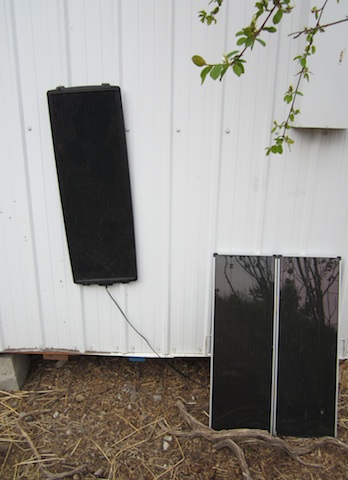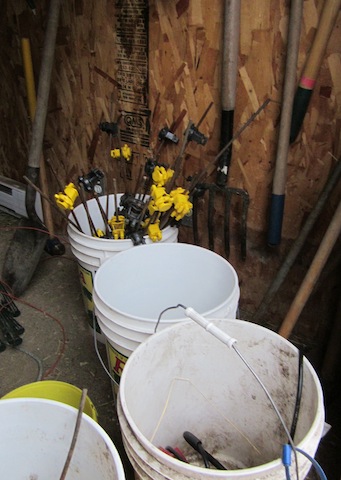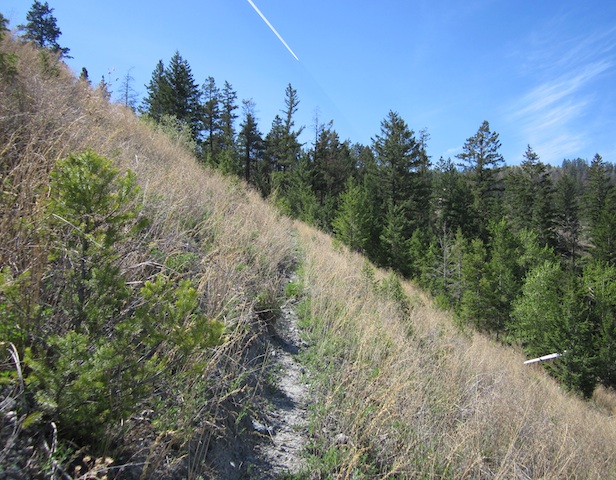Solar panels can be an inexpensive way to run electric fencing in pastures without electricity. For about $500 a simple system can be developed. Alternative energy is always more expensive than power from the grid. If the property in question needs power lines run to the area, alternative systems will become cost effective. Over the last two years, Shaen has learned a lot about?electric fencing and has experimented with a number of systems. He’s had a few failures. Shaen would like to share with you a simple, inexpensive, and effective system.
The basic power system will have a number of solar panels, a voltage regulator, a deep cycle battery, and an electric fence energizer. The voltage regulator controls the amount of energy going in and out of the battery from the solar panels. In this way, the voltage regulator stops the solar panels from overcharging and frying the battery or discharging the battery during the night. The battery then powers the electric fence energizer which gives a current to the wire. This system could run miles of electric fencing.
The second part is the actual fencing system made up of poles, electric fence clips and electric fence wire. This simple solar powered electric fence system requires:
- 2 solar panels (25 watt) run in parallel
- voltage regulator
- 12 volt deep cycle battery (100 amp hour)
- electric fence energizer
- electric fence wire
- poles
- electric fence clips
- spools for wire

On the left is the battery. In the center is the voltage regulator and to the right is the electric fence energizer. Wiring a solar system is easy. Keep the system simple so a handy grade 8er can do it.
When Shaen first started using electric fencing, he spent a whole lot of money on electric poultry netting. Very quickly he found this system had a number of drawbacks. The pasture has a lot of topography and the ground is not very even so the fencing was really hard to use. The netting would short out on any long grass that touched it, so Shaen would have to weed whack the area around the fence before use. He had a few birds panic and run into the fence and tangle themselves. The birds would get zapped until he found them. One bird died this way. Also, this system cannot protect birds from aerial predators. After these bad experiences, Shaen went back to using chicken trackers for broilers. He let the laying hens have the run of the place since the ravens, for some reason, didn’t kill them.
Shaen still needed a fencing solution for the cattle and hogs, so he moved to a low-technology solution. Shaen cut up 20 foot pieces of rebar into 2.0 foot and 3.5 foot rebar poles. The shorter lengths are for hogs and the longer lengths are for cattle. Rebar poles are very cheap but you have to be careful not to short out your fence on the metal. You can buy fiberglass poles, which do not conduct electricity, but they are more expensive.
After the rebar pole is pushed into the soil, a yellow or black electric fence clip is attach to the top of the rebar pole. Shaen has found he likes the yellow clips better because they don’t get lost as easily in the grass. Shaen will set out a whole line of fence before coming back to string the wire. These fence clips hold the electric fence wire to the pole. For easier use, Shaen has coiled all the wire onto recycled welding spools.





